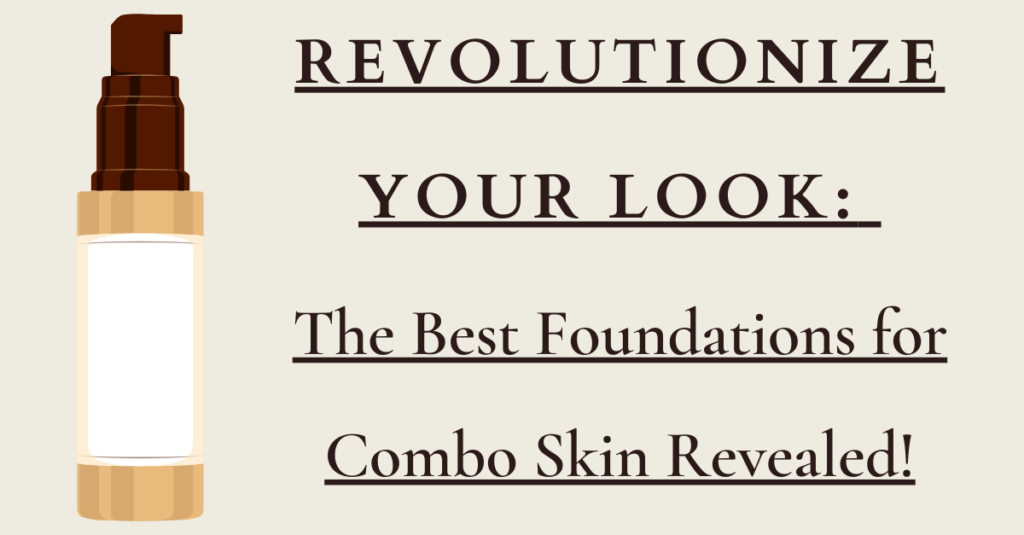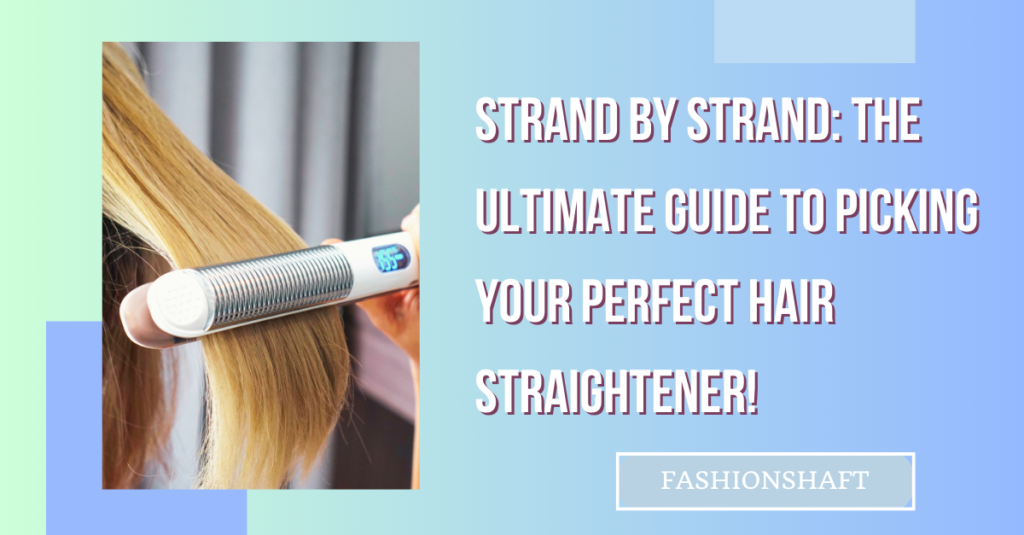Decode Your Lip Game: Lipstick, Lip Gloss, or Lip Balm – What’s the Real Difference?
Introduction
Welcome to the ultimate lip lover’s guide! If you’ve ever found yourself standing in front of the makeup aisle, bewildered by the array of lip products staring back at you, you’re not alone. In the world of cosmetics, three key players dominate the lip scene: lipstick, lip gloss, and lip balm. But what sets them apart? In this comprehensive exploration, we’re going beyond the surface to decode the mysteries of lipstick, lip gloss, and lip balm.
From texture and finish to ingredients and application techniques, we’ll delve deep into the world of lip cosmetics to uncover their unique traits and benefits. Get ready to elevate your lip game as we unravel the real differences between lipstick, lip gloss, and lip balm. It’s time to find your signature lip look and unleash your inner lip aficionado!
Decode Your Lip Game: Lipstick, Lip Gloss, or Lip Balm
I. Lipstick: The Timeless Classic
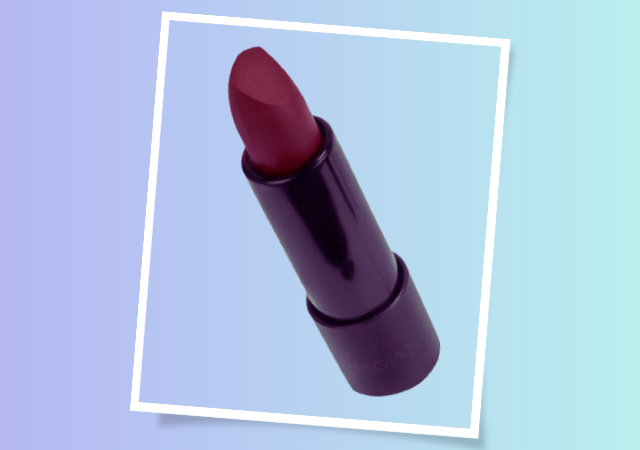
Lipstick stands as an iconic symbol of femininity and glamour, offering a diverse range of shades and finishes to suit every mood and occasion. At its core, lipstick is a pigmented cosmetic product designed to add color and definition to the lips. However, beyond its basic function, lipstick boasts a rich history and a myriad of variations that cater to diverse preferences.
A. Composition and Texture:
- Traditional lipstick formulas typically consist of a combination of waxes, oils, and pigments. These ingredients work together to create a creamy texture that glides effortlessly onto the lips, delivering rich, opaque color.
- Depending on the desired finish, lipstick formulas may vary in texture, ranging from matte and satin to sheer and glossy. Matte lipsticks offer a velvety, non-shiny finish, while satin lipsticks provide a subtle sheen. Sheer lipsticks, on the other hand, offer a translucent wash of color that allows the natural lip color to show through.
B. Application Techniques:
- Applying lipstick requires precision and finesse to achieve a flawless result. Start by outlining the lips with a lip liner to define the shape and prevent feathering. Then, fill in the lips with lipstick using a lip brush or directly from the bullet, starting from the center and working outward.
- For added longevity, blot the lips with a tissue and reapply a second layer of lipstick. Finally, perfect the edges with a concealer brush to create a clean, polished look.
C. Varieties:
- Lipstick comes in a wide array of shades, ranging from classic reds and pinks to bold purples and blues. Additionally, lipstick formulas may be categorized based on their finish, with options available for every preference and occasion.
- Popular lipstick finishes include matte, satin, sheer, and glossy. Matte lipsticks offer a modern, velvety finish with intense color payoff, while satin lipsticks provide a soft, luminous sheen. Sheer lipsticks offer a subtle hint of color, perfect for everyday wear, while glossy lipsticks deliver high-shine glamour.
II. Lip Gloss: The Luminous Enhancer
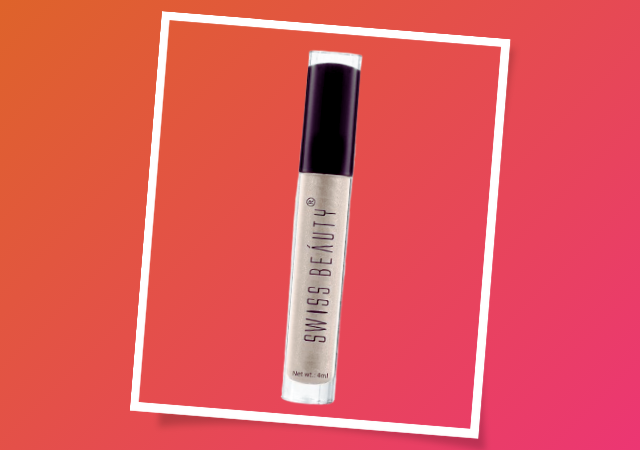
Lip gloss holds a special place in the hearts of beauty enthusiasts for its ability to impart a lustrous sheen and enhance the natural beauty of the lips. Unlike lipstick, lip gloss prioritizes shine over color, offering a translucent or tinted formula that adds dimension and radiance to the lips.
A. Composition and Texture:
- Lip glosses are typically formulated with a combination of oils, waxes, and emollients that provide a smooth, glossy texture. These ingredients create a reflective surface that catches the light, giving the lips a plump, voluminous appearance.
- Unlike lipstick, lip glosses tend to have a thinner consistency and may feel slightly sticky or tacky on the lips. However, advancements in formulation have led to the development of lightweight, non-sticky glosses that offer comfortable wear without compromising on shine.
B. Application Techniques:
- Applying lip gloss is a breeze, requiring minimal effort for maximum impact. Simply swipe the applicator wand or tube directly onto the lips, starting from the center and working outward.
- For a more precise application, use a lip brush to distribute the gloss evenly and prevent any excess product from migrating outside the lip line. To enhance the effect, layer the gloss over lipstick or lip liner for added depth and dimension.
C. Varieties:
- Lip glosses come in a variety of formulations, ranging from clear and tinted to shimmering and metallic. Clear glosses offer a natural, glass-like finish that enhances the lips’ natural color, while tinted glosses provide a subtle hint of color for a fresh, dewy look.
- Shimmering and metallic glosses feature light-reflecting particles that add sparkle and dimension to the lips, perfect for creating statement-making looks. Additionally, plumping glosses contain ingredients like peptides and hyaluronic acid to temporarily enhance lip volume and fullness.
III. Lip Balm: The Nourishing Essential
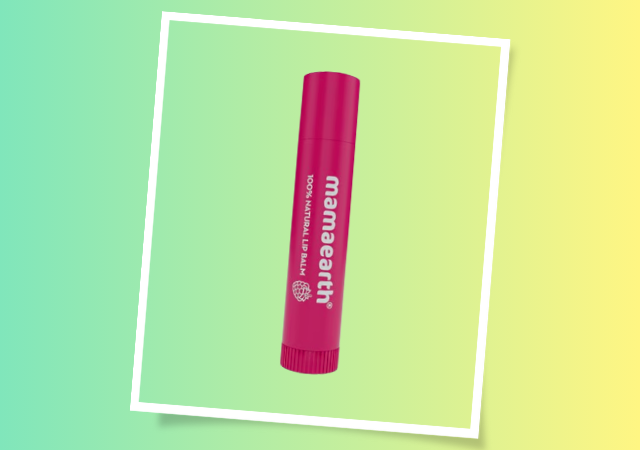
While lipstick and lip gloss prioritize color and shine, lip balm takes a more utilitarian approach, focusing on hydration and protection. Often hailed as a skincare essential, lip balm is designed to moisturize and soothe dry, chapped lips, keeping them soft, supple, and healthy.
A. Composition and Texture:
- Lip balms are formulated with emollients, humectants, and occlusive agents that work together to lock in moisture and prevent water loss from the lips. Common ingredients include beeswax, shea butter, and petrolatum.
- Lip balms typically have a thicker, more occlusive texture compared to lipsticks and lip glosses, providing a protective barrier that seals in moisture and shields the lips from environmental aggressors.
B. Application Techniques:
- Applying lip balm is simple and straightforward, making it an essential step in any skincare routine. Glide the balm directly onto the lips, using gentle, circular motions to ensure even coverage.
- For optimal hydration, reapply lip balm throughout the day as needed, especially in dry or cold weather conditions. Consider using a lip balm with SPF to protect the lips from sun damage.
C. Varieties:
- Lip balms are available in a variety of formulations to suit different preferences and needs. Basic lip balms offer straightforward hydration and protection, ideal for daily use and sensitive skin.
- Medicated lip balms contain soothing ingredients like menthol or camphor to relieve dryness, irritation, and discomfort associated with chapped lips. Tinted lip balms provide a hint of color while delivering essential moisture, perfect for low-maintenance beauty routines.
IV. Key Differences: Decoding the Lip Trio
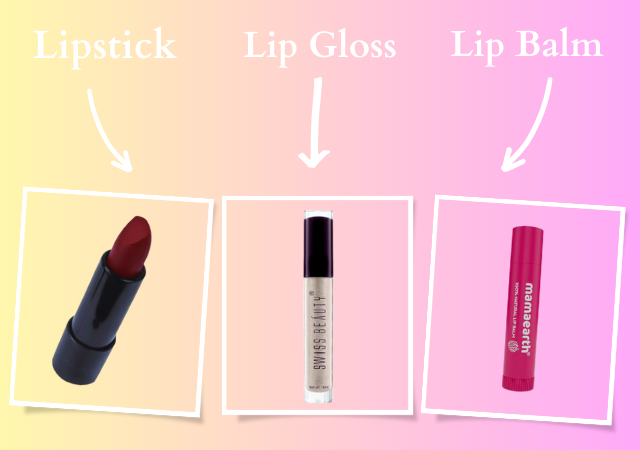
Now that we’ve explored the unique characteristics of lipstick, lip gloss, and lip balm, let’s recap the key differences that set these lip essentials apart:
A. Texture and Finish:
- Lipstick: Offers opaque color and a range of finishes, including matte, satin, and sheer.
- Lip Gloss: Provides a glossy, high-shine finish with sheer to medium coverage.
- Lip Balm: Delivers a moisturizing, balmy texture that hydrates and soothes dry lips.
B. Ingredients and Formulation:
- Lipstick: Contains wax, oils, and pigments for rich, long-lasting color.
- Lip Gloss: Formulated with oils, polymers, and light-reflecting particles for shine and hydration.
- Lip Balm: Enriched with emollients, humectants, and occlusive agents to moisturize and protect the lips.
C. Longevity and Wear:
- Lipstick: Offers long-lasting color and coverage, but may require touch-ups throughout the day.
- Lip Gloss: Provides a lightweight, non-sticky feel with shorter wear time compared to lipstick.
- Lip Balm: Offers instant hydration and relief for dry, chapped lips, with reapplication as needed.
D. Skincare Benefits:
- Lipstick: Primarily focused on color and cosmetic enhancement, with limited skincare benefits.
- Lip Gloss: Provides hydration and shine, but may not offer the same level of moisturization as lip balm.
- Lip Balm: Designed to nourish and protect the lips, providing essential hydration and relief from dryness.
V. Choosing the Right Product: Finding Your Perfect Pout Mate
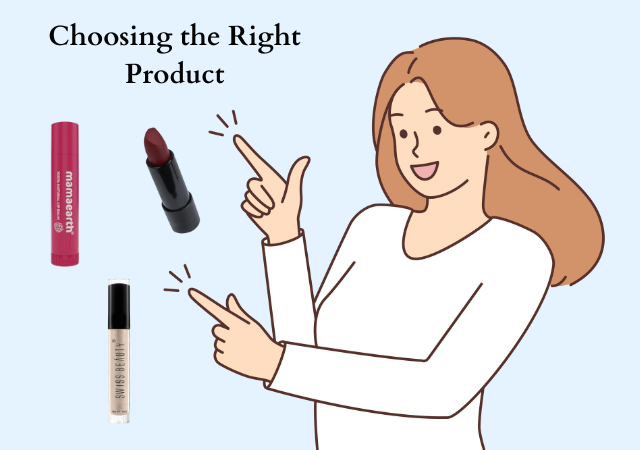
With a better understanding of the differences between lipstick, lip gloss, and lip balm, you can now make informed choices to suit your individual preferences and needs. Consider the following factors when selecting your perfect pout mate:
A. Occasion:
- For special occasions or events, opt for lipstick for bold, statement-making lips.
- For everyday wear or casual outings, lip gloss provides a low-maintenance, effortless look.
- For dry, chapped lips in need of hydration and protection, reach for lip balm to restore moisture and soothe discomfort.
B. Skin Type:
- If you have dry or sensitive lips, choose hydrating formulas with nourishing ingredients like shea butter or coconut oil.
- If you prefer lightweight, non-sticky textures, opt for lip glosses with moisturizing oils and minimal tackiness.
- If you’re prone to lip color fading or feathering, consider long-wearing lipstick formulas with added staying power.
C. Desired Look:
- For a classic, polished look, pair lipstick with coordinating lip liner for defined, sculpted lips.
- For a fresh, dewy finish, layer lip gloss over bare lips or tinted lipstick for a juicy, plumped effect.
- For a natural, no-makeup makeup look, apply lip balm alone or under lipstick for soft, hydrated lips with a hint of color.
Conclusion (Decode Your Lip Game: Lipstick, Lip Gloss, or Lip Balm – What’s the Real Difference?)

My name is Rohit Vagh and I’m a content writer specializing in fashion and lifestyle. I have three years of experience in this field and have written various articles. My writing style is creative and engaging, and I strive to create content that resonates with my readers. I have a deep passion for fashion and am constantly researching the latest trends and styles to make sure my readers are up to date. I’m excited to continue my career in blogging, and I’m always looking for new opportunities in the fashion and lifestyle space.




